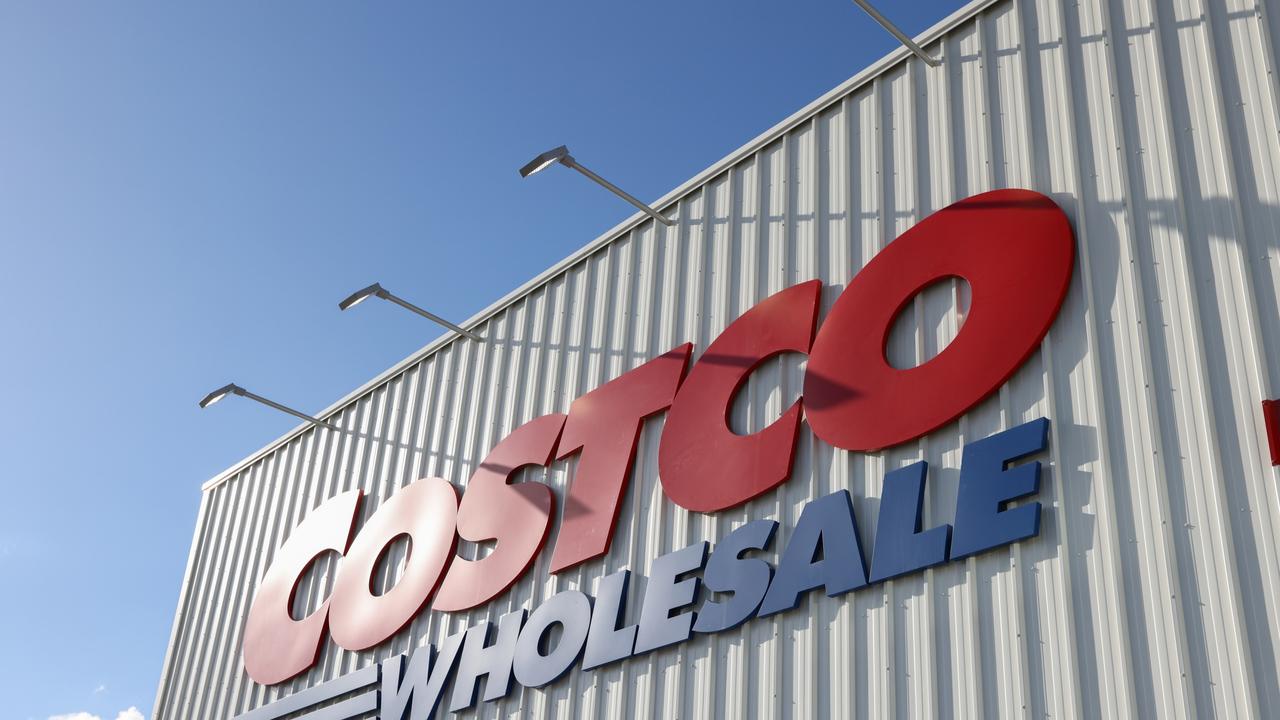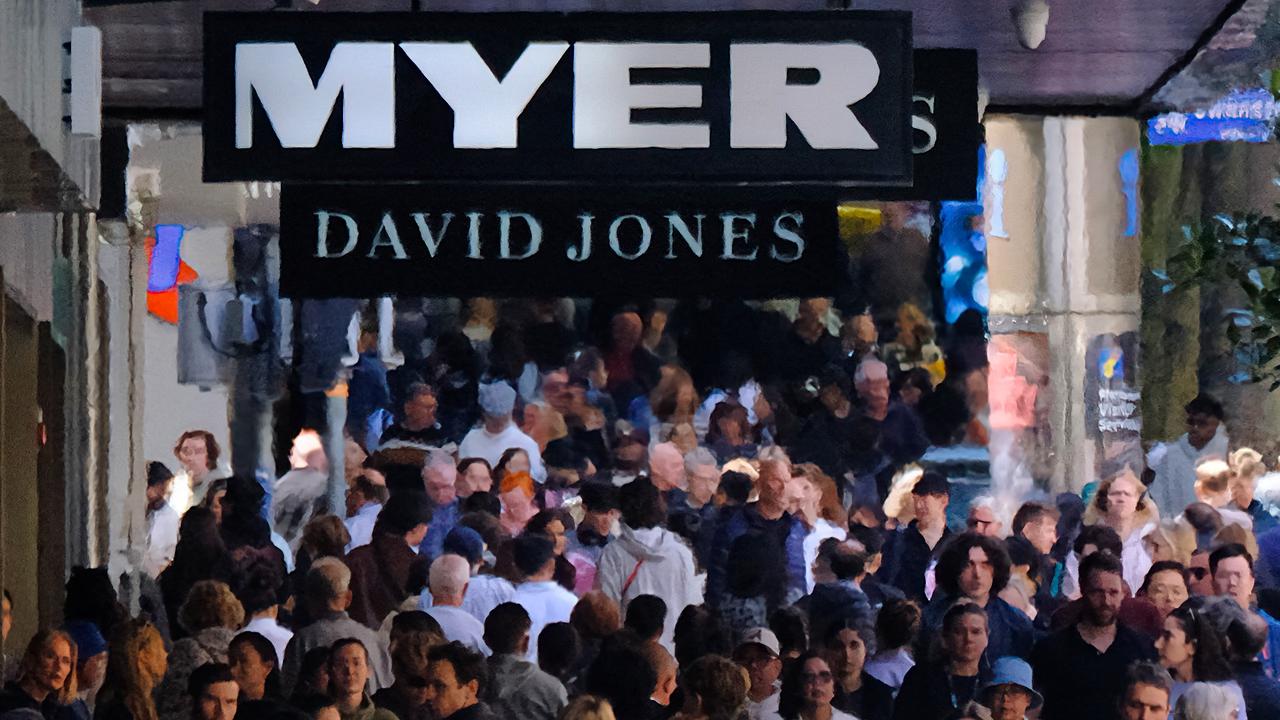Can the unmanned store reshape Aussie retail?
WITH Amazon launching an unmanned store and Chinese retailers ditching cashiers, could the trend reshape Aussie retail?
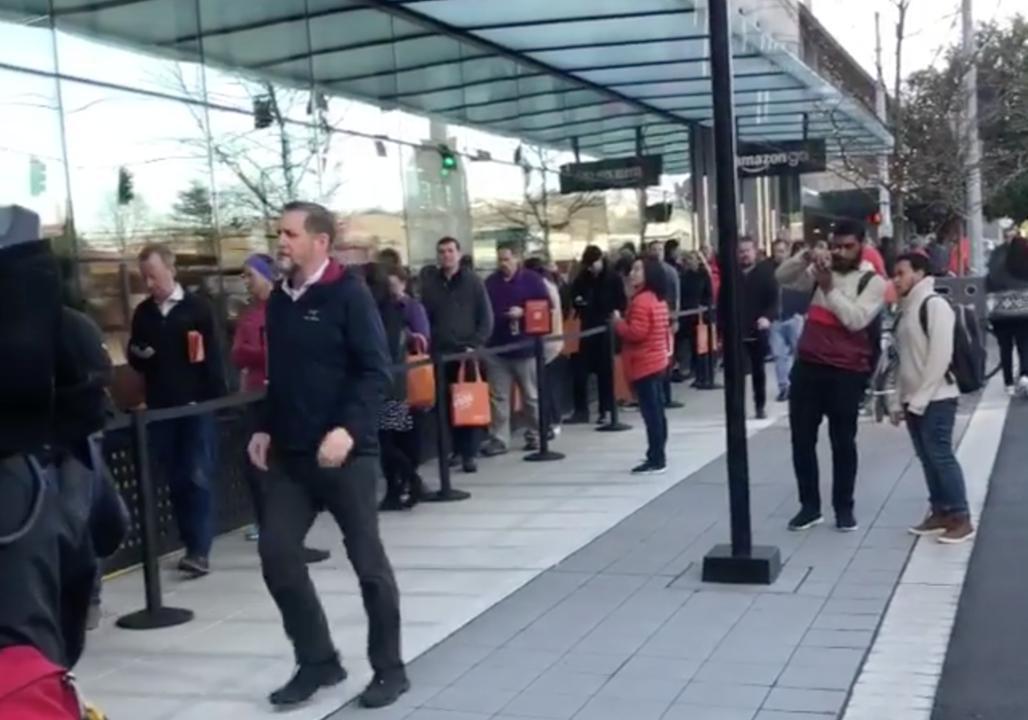
THIS week’s official launch of Amazon Go might have stolen headlines, but it’s not the first time the checkout has gotten the chop.
Inspired by Amazon’s “grab-and-go” idea, several stores in China actually beat the retail giant to the punch. For example, there’s already Bingobox in Zhongshan City, Alibaba’s Tao Café in Hangzhou and Wheelys 247 in Shanghai, to name just a few.
Chinese shoppers seem taken with the new trend too, which as a result, will see many more of these staffless shops sprouting up across Asia.
But would an unmanned store work here? It surely depends on where and why.
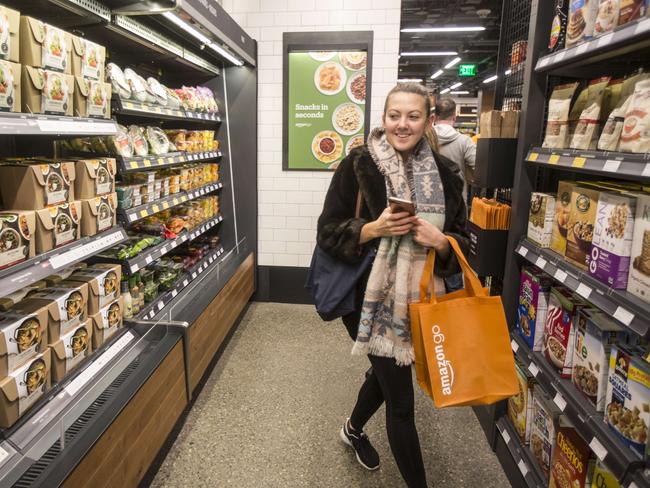
SMALL AND FAST
One reason automated shopping succeeds in places like Shanghai or Tokyo is because they are large commuter cities where space is limited and people shop on the go anyway. There’s also an interest in faster self-service technologies, according to global data company Nielsen.
So, the idea of popping in for a late night must-have item seems on point for big Asian cities. Indeed, if you watch the Wheelys promotional video, it looks like something out of Blade Runner, a wonderful futuristic dream of where shopping is headed.
Things aren’t so frantic here in Australia, although we do like shopping and, according to many reports, lead the world in smartphone adoption.
Perhaps then, the unmanned model could provide something more interesting than speed for Aussies, like more exciting retail experiences.
‘THE PERFECT ENVIRONMENT TO SHOP IN’
Retail expert Marguerite Bell says this next phase of retail is about curating experiences that show an understanding of the customer’s needs. She says that for too long, some retailers here have been complacent about this.
“We really need to think about why we’re moving in this direction,” says Ms Bell. “It’s about letting consumers choose how and when they want to buy a product. It’s about making it easy and offering choice. A retailer now needs to exceed customer expectations.”
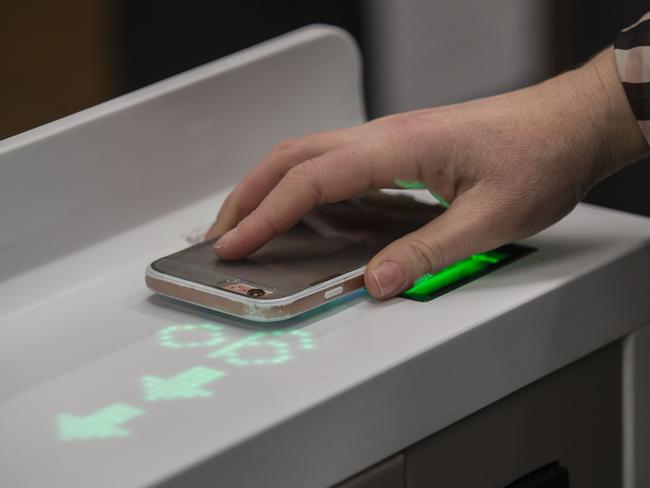
Ms Bell notes that unmanned stores like Amazon Go still require staff behind the scenes, which means this new trend is really just a transfer of labour costs and energy. At the end of the day, the experience is what truly matters.
Brand strategist at Retail Oasis consultancy Pippa Kulmar says the unmanned strategy could be used here, although it needs a specific goal.
“We’re seeing more and more that stores are being used like a marketing vehicle, not just a sales vehicle,” says Ms Kulmar. “It’s a place to generate news about the brand because it’s innovating. So, the message behind these shops is different to a run-of-the-mill store.
“For example, a lot of businesses will trial pop-ups to generate word of mouth or social mentions. This is just the changing nature of the store. Retailers are asking, what’s the perfect environment for the customer to shop in?”
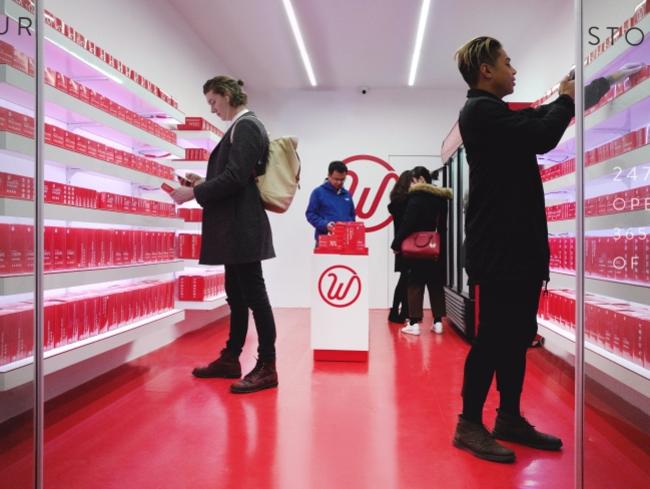
A SHOP FOR ALL
There are other approaches to the unmanned shop concept. Take Hema supermarkets (also owned by Alibaba), which has unmanned stores that go beyond basic sales, including in-store product research tools and a fulfilment centre for online orders.
Then there’s Starbucks in Shanghai, a giant flagship store that combines old and new retail techniques under one roof. While customers can watch the coffee brewing process up-close with staff, they can also go solo with company’s mobile app, which offers a virtual tour.
Meanwhile, Farmhouse Market in the US is catering to a smaller rural community in Minnesota with an unmanned grocery shop that ensures locals have access to quality produce. This is perhaps a more socially-conscious strategy.
So, each of these stores operates with a goal that surpasses traditional selling and this seems crucial to the idea working.
WHAT WOULD WORK BEST IN AUSTRALIA?
Our local fascination with Amazon suggests an Amazon Go store would do well here. The Starbucks model is also interesting because it gives the shopper so much choice. You only need to visit Bunnings or Costco on the weekend to see we like that.
Conversely, those container-like stores in China and Japan are quirky and fast, but could come off gimmicky in the middle of Pitt Street Mall.
It might take some trial and error when it comes to shelving staff, and maybe a few risks.
Ms Kulmar says our retail markets tend to follow what works elsewhere, testing the waters before diving in head first. This works to a point, but consumers want retailers to expand their experiences.
“The Australian market is a globalisation market — a market that finds things elsewhere and then brings them here,” says Ms Kulmar. “I think that’s been a really successful model but with information being more free and transparent now, it doesn’t work as well.
“We have just pockets of innovation right now, but I’m sure this will change.”

